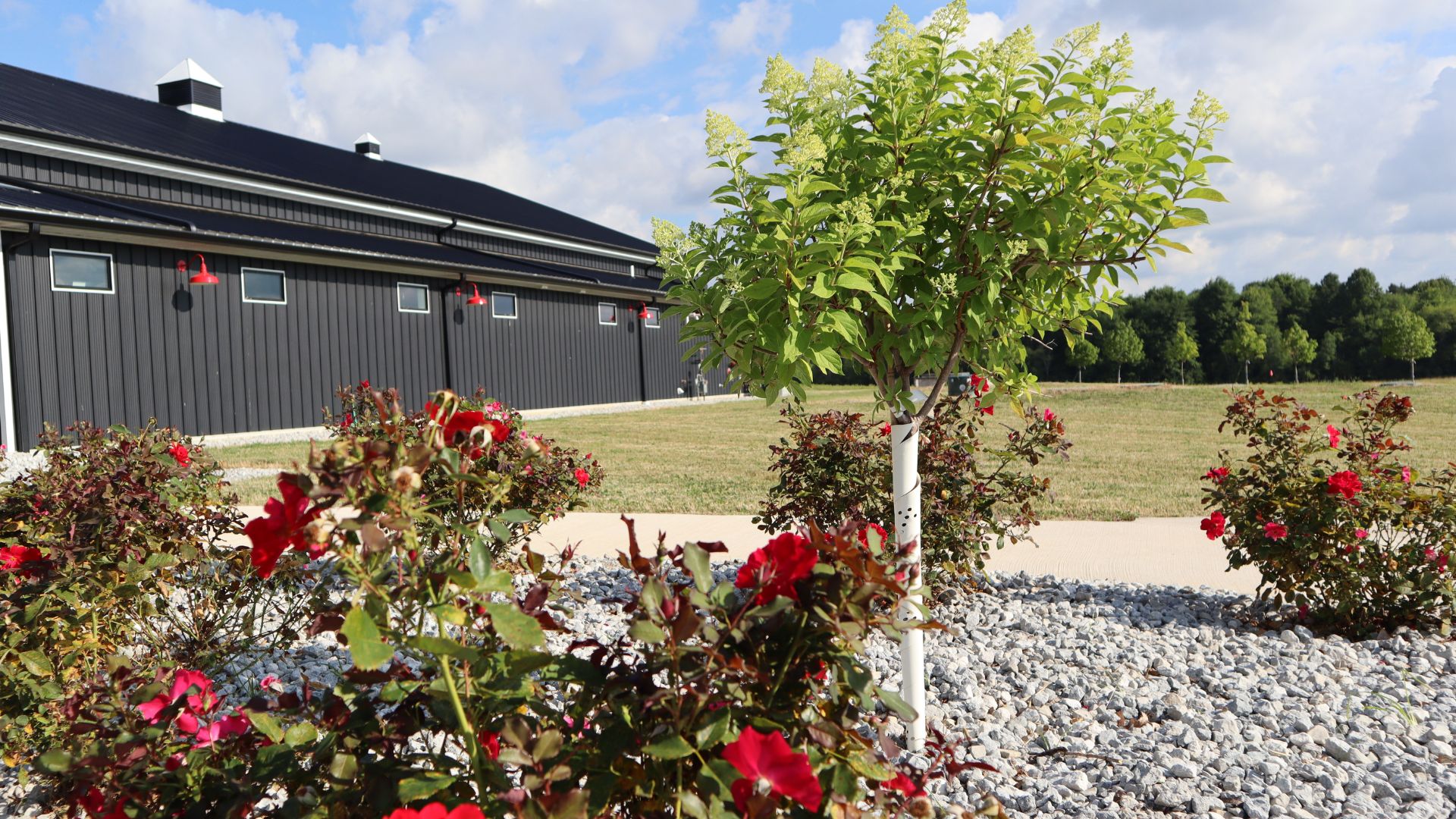What Is A Tree Hydrangea: Learn About Growing Hydrangea Trees
Hydrangea trees are a spectacular addition to any landscape, boasting lush foliage and large blooms that add a touch of whimsy and charm to outdoor spaces.

Hydrangeas do not naturally grow into the shape of a tree. However, a tree hydrangea is a shrub form of hydrangea that has been trained to grow with a single trunk, giving the appearance of a small tree. The only type of hydrangea that can be made into a tree is Hydrangea paniculata. They typically feature a multi-branched, rounded canopy of foliage, producing large, showy flower clusters, adding vertical interest to flower beds and borders.
Tree hydrangeas make a fantastic addition to any landscape because they are easy to grow and adapt well to various light levels, soil types and environmental conditions.
At the garden center you may find these common varieties of tree hydrangeas: Limelight, Quick Fire, Tardiva, Pinky Winky, Vanilla Strawberry, and others.
If you are interested in growing hydrangea trees, you’ll want to learn all about caring for tree hydrangea plants. Read on for tree hydrangea information.
Tree Hydrangea Information
If you are thinking about growing hydrangea trees, check your hardiness zone. Tree hydrangeas thrive in U.S. Department of Agriculture plant hardiness zones 5 through 8a. Planted appropriately, most grow to just 10 feet (3 m.) tall while others can grow upwards of 25 feet (7.6 m.) high and 20 feet (6 m.) wide.
The foliage is dark green and deciduous, meaning the leaves drop in autumn. The leaves can grow to 6 inches (15 cm.) long and 3 inches (7.5 cm.) wide. Don’t expect fall displays here; the leaves only get a slight yellow tint before they drop. However, the spectacular flowers make up for the lack of fall color. The blossoms grow in panicles up to 8 inches (20 cm.) long. They appear on the branches as cream-colored flowers, but eventually mature to green, light pink or deep pink.
Tree hydrangeas produce a generous amount of flowers. Often, the tree’s spreading branches are dipped toward the ground with the weight of these blossoms.
Sign up for the Gardening Know How newsletter today and receive a free copy of our e-book "How to Grow Delicious Tomatoes".
Caring for Tree Hydrangeas
These small trees with an upright growth habit are a great choice for the corner of a house or as an accent in the perennial garden. The surface roots of a tree hydrangea are typically not a problem for planting near the foundation of a home. Plus, tree hydrangeas are relatively slow growing compared to other tree species.
Tree hydrangeas thrive in sites that receive full sun to partial shade and well-drained soil. Unlike many other types of hydrangeas, they can tolerate more sun exposure and drier soil conditions. However, all hydrangea plants need irrigation in the summer, especially if they are planted in a full sun location. Tree hydrangeas will thrive in nutrient-rich, lightly moist soil that is not soggy. Overwatering may cause root rot and other diseases while under watering may cause the foliage to wilt.

If possible, plant them in an area that gets some afternoon shade in climates with hot summers. Tree hydrangeas tolerate almost any type of soil, including acidic or alkaline, as long as it is well draining.
Fertilize tree hydrangeas twice per year in the early spring and in the fall immediately after the flowers have faded, using a fertilizer formulated for shrubs and trees. Over the summer, the shrubs will benefit from an application of compost as a top dressing.
How to Prune Tree Hydrangeas
Tree hydrangeas bloom on new wood which means they form their flower buds on the current seasons growth. New wood blooming hydrangeas are very valuable in colder climates where there is no chance of the flowers buds being harmed over the winter as they simply do not exist yet.
The best time to prune a tree hydrangea is during late winter or early spring, before new growth begins. This allows the plant to recover and produce new growth during the upcoming growing season.
Start by assessing the tree to identify any dead, damaged, or diseased branches that need to be removed. Then, thin out the rest of the canopy by selectively removing any small and spindly branches or anything smaller than the width of the pencil. The rest of the branches should be cut just above a bud or lateral branch. Prune back no more than one third of the top growth per season as this will encourage strong stems to help support those ultra large blooms all summer long.
After pruning, take a step back and evaluate the overall shape of the tree, ensuring it is balanced on all sides.

Teo Spengler is a master gardener and a docent at the San Francisco Botanical Garden, where she hosts public tours. She has studied horticulture and written about nature, trees, plants, and gardening for more than two decades, following a career as an attorney and legal writer. Her extended family includes some 30 houseplants and hundreds of outdoor plants, including 250 trees, which are her main passion. Spengler currently splits her life between San Francisco and the French Basque Country, though she was raised in Alaska, giving her experience of gardening in a range of climates.

